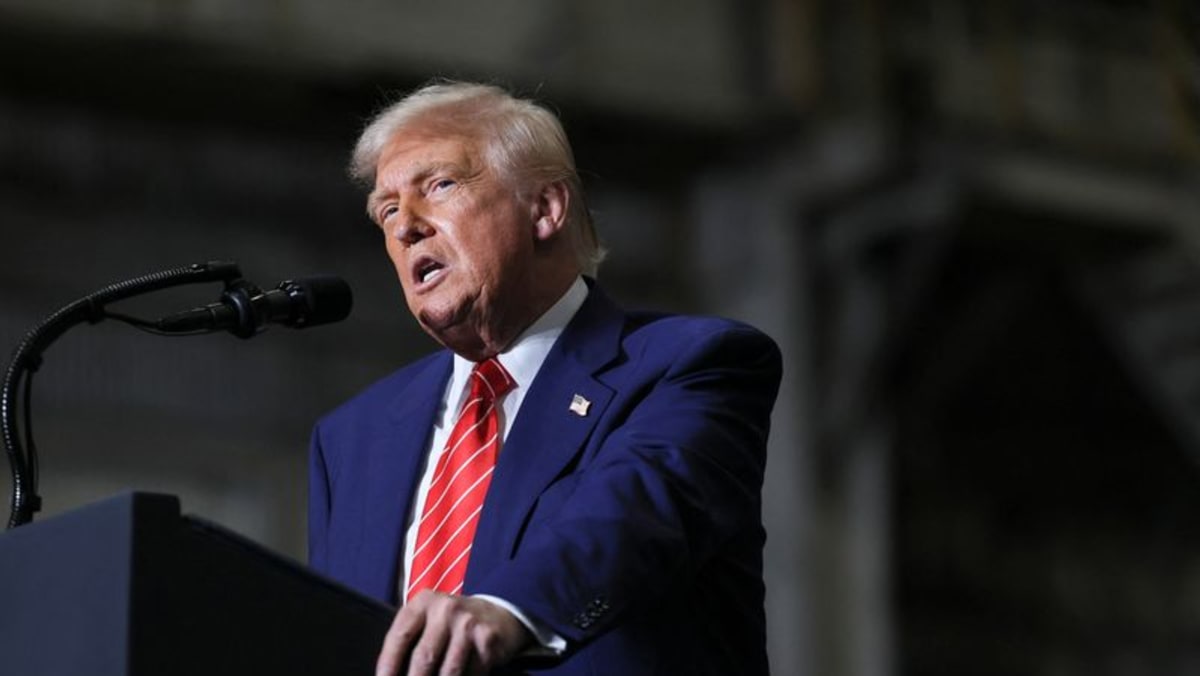Trump spoke at US Steel’s Mon Valley Works, a steel plant that symbolises both the one-time strength and the decline of US manufacturing power as the Rust Belt’s steel plants and factories lost business to international rivals. Closely contested Pennsylvania is also a major prize in presidential elections.
The US is the world’s largest steel importer, excluding the European Union, with a total of 26.2 million tons of imported steel in 2024, according to the Department of Commerce. As a result, the new tariffs will likely increase steel prices across the board, hitting industry and consumers alike.
Steel and aluminium tariffs were among the earliest put into effect by Trump when he returned to office in January. The tariffs of 25 per cent on most steel and aluminium imported to the US went into effect in March, and he had briefly threatened a 50 per cent levy on Canadian steel but ultimately backed off.
Under the so-called Section 232 national security authority, the import taxes include both raw metals and derivative products as diverse as stainless steel sinks, gas ranges, air conditioner evaporator coils, horseshoes, aluminium frying pans and steel door hinges.
The 2024 import value for the 289 product categories came to US$147.3 billion, with nearly two-thirds aluminium and one-third steel, according to Census Bureau data retrieved through the US International Trade Commission’s Data Web system.
By contrast, Trump’s first two rounds of punitive tariffs on Chinese industrial goods in 2018 during his first term totalled US$50 billion in annual import value.
